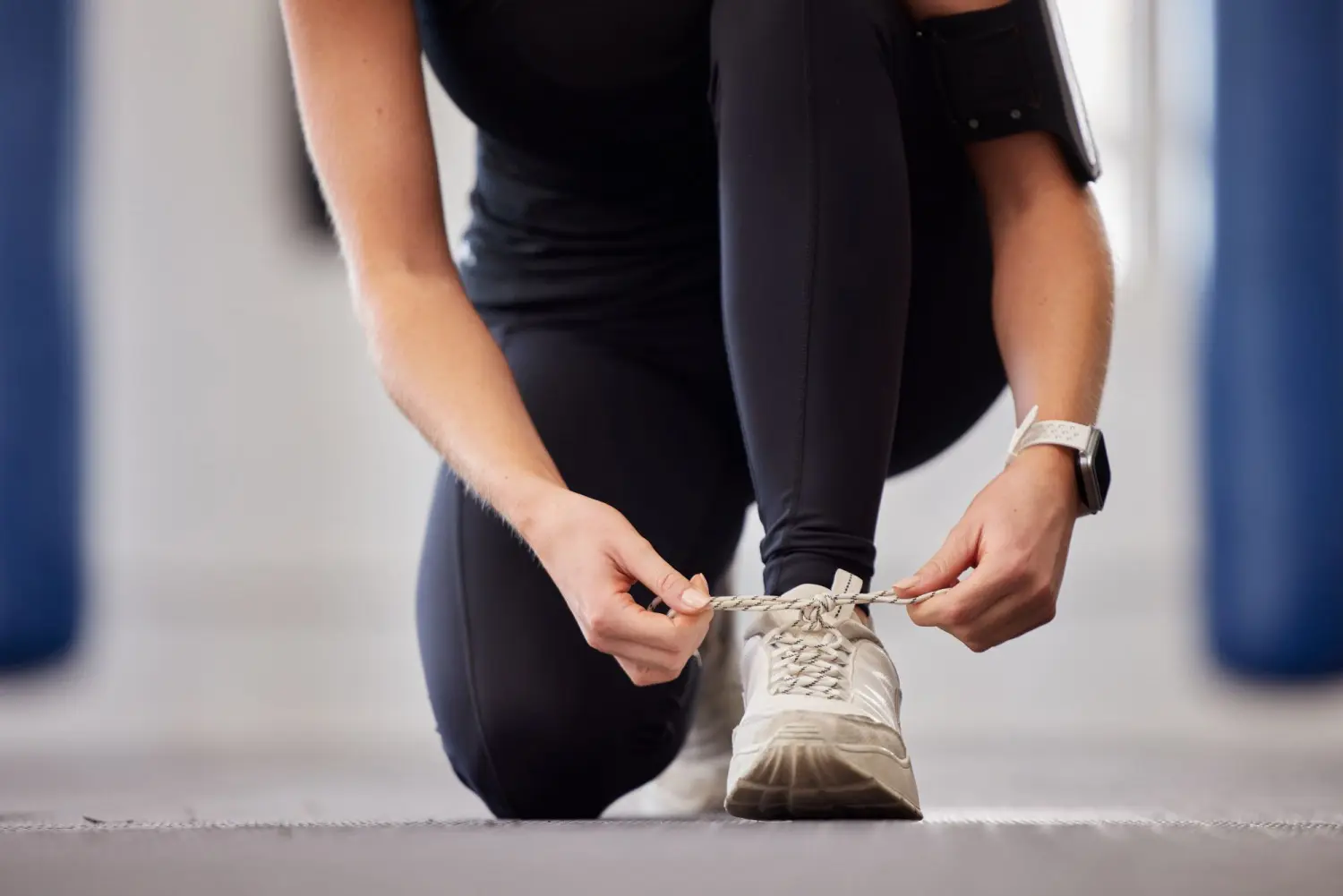What Are The Best Shoes To Wear When You’re Exercising?
Whether you’re just starting or have been exercising for years, finding the perfect shoe is as important as the exercise itself.
The shoes you choose can make your exercise more comfortable if they’re well-suited to the job. Alternatively, poor footwear can have an adverse effect—feeling uncomfortable, causing pain, limiting your activity, or even risking injury.
Your feet support the rest of your body, and shoes are their support structure. When doing something physically intense, like exercising, giving your body the proper support is essential.
There Is No Universally Right Shoe
Unfortunately, it just doesn’t work that way. The chances of you finding a single pair of shoes that works well for all exercises are incredibly slim. Different shoes support various activities, and your decision needs to consider that.
The criteria for the best exercise shoe boils down to two main factors: The fit and the activity.
Your exercise shoes must feel comfortable on your feet. Make sure they aren’t too tight or too loose. Everyone has a different foot shape, and what works for someone else may not work for you. For example, even a highly recommended exercise shoe could cause discomfort or pain if it’s too tight.
Additionally, there are many different exercises. Running, walking, golfing, weight training, hiking, and various sports are all part of the category. The build of a shoe often depends on its intended function. In other words, shoes built for a specific activity or exercise are designed to support the type of movement and withstand the associated terrain. For instance, you don’t want to run on a treadmill in hiking boots.
Does The Brand Make A Difference?
Yes, but not always.
There’s a reason some people gravitate towards one or two brands more than others. Every brand has something that makes its shoes unique. It could be the ‘fit’ of the shoe, the incorporation of specific materials, or innovative features you enjoy. These slight differences mean one brand is more comfortable than another on your foot.
For example, you might experience the comfort and style of Reebok sneakers and decide they’re the only exercise shoes you’ll buy—and that’s more than satisfactory. Most brands have reliable design trends that persist throughout their releases. So, if you find a brand whose shoes fit your feet and your exercise plan, you may be inclined to stick with it.
That said, the brand may not make a difference to you at all. You might want to visit a shoe store and try on several shoes from several brands to see how they feel on your feet. What works for you once might not work a year from now when you need to replace your shoes.
Choosing A Shoe To Match Your Exercise
Shoes generally come with an intended purpose. Here’s a brief overview of some of the main types of shoes to look at:
- Running Shoes
These are lightweight and breathable. The sole on a good pair of running shoes absorbs much of the shock from running. These specifically support one-directional forward movement when running or jogging. The soles also provide surface traction, although this will differ between indoor and outdoor running shoes.
- Walking Shoes
These are quite similar to running shoes and provide the same sort of movement support. The main difference is that running shoes generally have harder, tougher, more durable soles to withstand more intense activity. You can use running shoes for walking, but you shouldn’t use walking shoes to run for too long.
- Training Shoes
Unlike running or walking shoes, training shoes are for multi-directional movement (both forward and lateral). They have softer, flatter, and more flexible soles that can adapt to various kinds of activity. You’d use training shoes for jumping, cutting, stopping, and light running or jogging. Examples of exercises you can use training shoes for are jump rope, weight training, and agility training.
- Sport-Specific Shoes
Some sports require specific shoes depending on the terrain and range of activities. If a sport is your exercise, you’ll probably be happiest with the shoes designed for that sport. Examples include tennis, soccer, basketball, and golf shoes.
- Barefoot Shoes
These are a relatively new type of shoe designed to emulate walking barefoot while providing your feet with just enough protection to prevent injuries from the terrain. Exercising barefoot—or in barefoot shoes—may have health benefits you might enjoy. But remember that your feet are accustomed to years of modern shoes. They won’t immediately have the strength and dexterity of feet that grew up walking barefoot. Hence, you must be careful and start slow.
Conclusion
Finding the best shoes to wear when exercising is a personal journey. Everyone’s foot is different and has individual needs. The best shoe fits your foot well and accommodates your exercise. Don’t be disheartened if you can’t find it immediately. Shop around, try on different shoes, and you’ll find a pair of shoes that works well for you.



Thank you. It was very interesting to me. As for shoes, I prefer to wear sneakers. These shoes are comfortable and stylish at the same time. Such shoes can be worn both for walking and going to the cinema or restaurant. This is definitely an advantage.